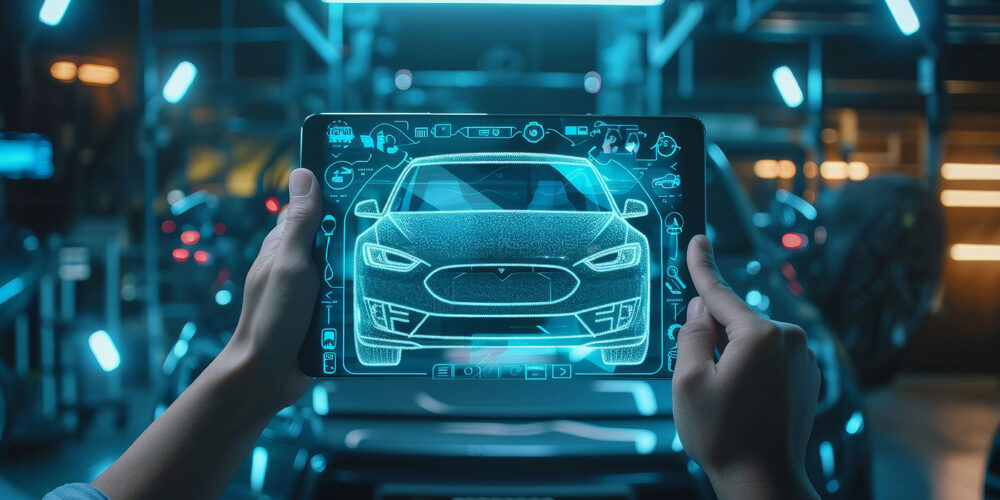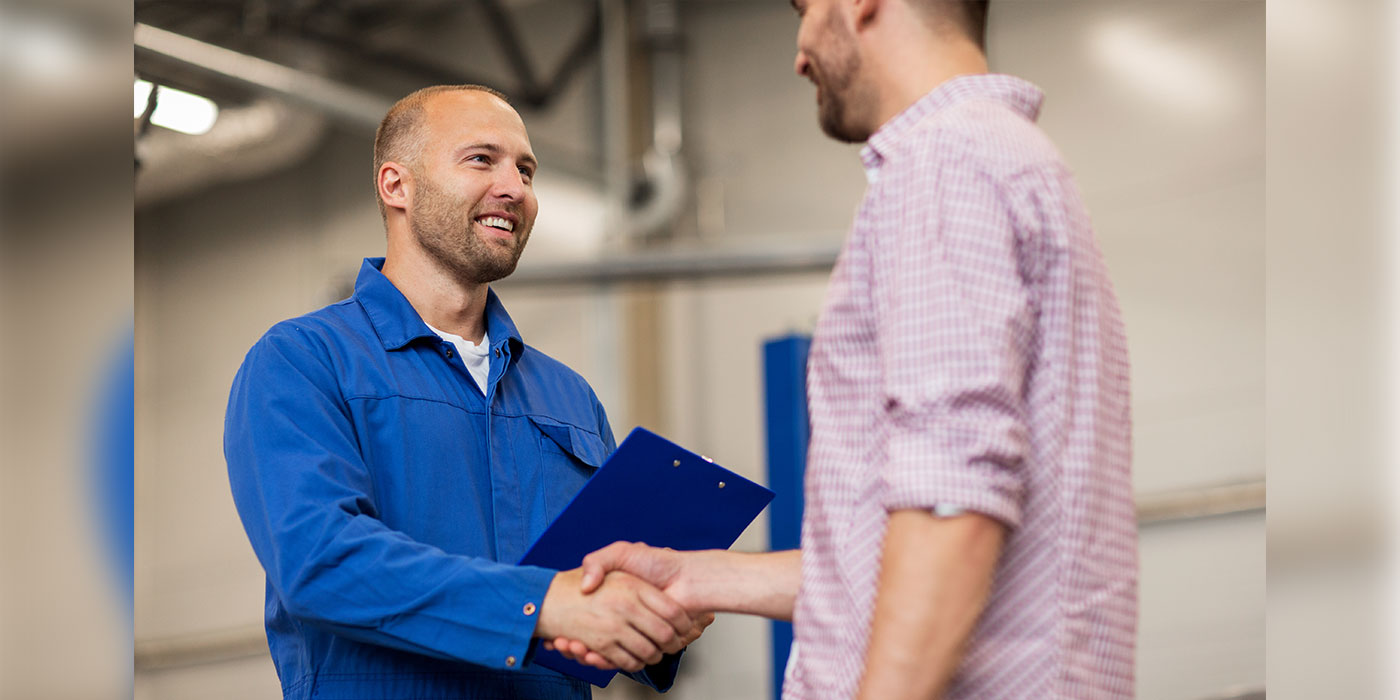So how do these two things tie together to meet this shopper? By leveraging research tools to identify where your dealership shows up in searches, you can decide where and how you should be applying both SEO and SEM techniques. There are several tools that are available from today’s digital marketing companies that will identify — down to the specific keyword — searches that customers in your market are performing, from high volume to low volume. Now that you have a basis for where you show up, you must work with your marketing team and your digital agency to develop content with key landing pages for the wide variety of different searches happening in your market. The more you create a Website experience built around the behavior of your market, the more you will satisfy their search needs and the more you will grow your leads and sales.
Let’s use “Ford F-150 in Raleigh, NC” as our example search. We know that particular search comes in high volume in this market, so we would recommend creating a specific page with everything the customer may need to know or may ask our sales team. Information to include could be about technology, safety, trim levels, towing capacity and more. If we have a page on our site already but it does not seem to be ranking in search, you can examine it and see where it might be lacking. Perhaps it is a non-unique page built by the factory with the same information that is on every competitor’s site, where Google would not reward us with search visibility. Or, perhaps the SEO elements — such as meta titles, meta descriptions, body copy, photo tags, body copy, H1s links, or other more granular SEO elements — could be improved.
This is where SEO’s friend SEM comes in. We have created a page around what we know the market is search for, it is starting to rank and we can also drive in-market traffic to it through paid search. The great thing about paid search is that we are paying per click, so essentially we’re driving a very low-funnel shopper directly to our site to look at our page, with only our inventory on it, versus some of the third-party sites where we have our inventory along with all of our competitors. Those third-party sites typically dominate Google’s search results because dealers simply do not have a content marketing strategy. By ranking and benchmarking all the terms we want to show up for organically, we are able to see the specific terms that we need to spend our paid search dollars. Over time, as we begin to dominate Ford F-150 searches with our great SEO efforts, we start to shift our paid dollars to markets and terms where we currently do not win the search battle.
The great thing about combining these strategies is that everything is completely trackable through Google Analytics. If your dealership’s marketing partner has set up your Google Analytics the way it should be done, your store should have access and be able to view the conversion from each particular landing page you have built. You even have the ability to break this down one step further by comparing the traffic and conversions from paid search versus organic or straight from Google. If these conversion metrics between your organic and paid traffic are not similar, then there is likely a problem with one of these strategies and they are likely not talking to each other.
With the ability to create a full encompassing digital strategy that is effective and trackable, my hope is that dealers will begin to see how spending their advertising dollars should change to meet consumer behavior using data. It is time for us as an industry to stop talking about digital marketing as “the way things are going” and instead realize that it is here and the dealers who are going to win are the ones who don’t fall behind.













